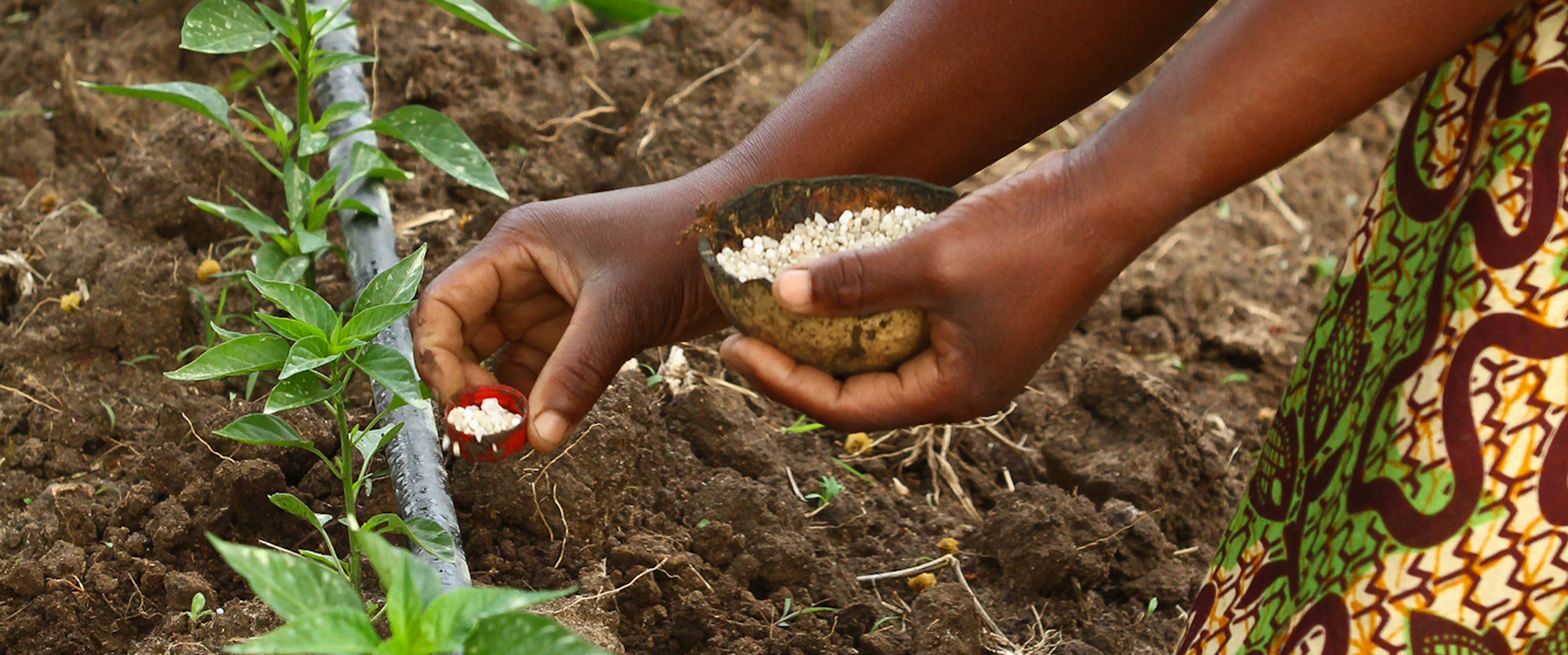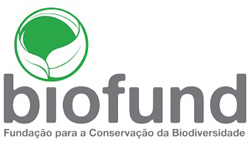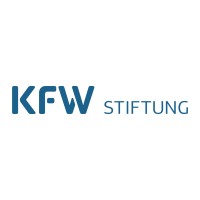OUR WORK
COMMITMENT
In 2008, Peace Parks was instrumental in the establishment of Ponta do Ouro as Africa’s first marine transfrontier conservation area.
In 2018, we signed a partnership agreement with Mozambique’s National Administration of Conservation Areas (ANAC) to jointly develop Maputo Special and Ponta do Ouro Partial Marine reserve according to a strategic business plan, with Peace Parks providing technical and financial support for conservation and tourism development activities.
CONSERVATION
The marine reserve headquarters were opened in 2011 and management and community action plans were put in motion. Since then, the reserve has benefitted from improved mobility, upgraded infrastructure, several marine surveys, and community development initiatives.
Turtles protected
The marine reserve has a rich diversity of marine life and is the most important leatherback and loggerhead turtle nesting ground along the 2 500 km Mozambican coast. Leatherbacks are the largest sea turtles in the world and are classified as critically endangered by the World Conservation Union (IUCN), while loggerhead turtles have been classified as endangered. To monitor and protect the turtles coming ashore to lay their eggs, a marine monitoring programme was established to augment the programme Pierre Lombard and his family had put in place since 1994.
Since 2007, we have been supporting the training of community members to participate in the turtle monitoring, which has had a significant impact on the survival and proliferation of marine turtles in the area. Through awareness campaigns, the community support for turtle conservation is evident in the manner in which they have taken ownership of the project; their passion to protect them is obvious.
During the nesting months, typically between October and the end of March, the reserve management and turtle monitors undertake vehicle and foot patrols of the turtle nesting sites to protect the nesting females and their eggs, as well as monitor the number of nesting females. The monitors also collect data on the turtles, including how many of them have been tagged, the size of the animals, whether they were laying eggs or not, and if the animals were not sighted, the monitors note the number of tracks there were. During the hatching stage, the monitors note the number of eggs hatched.
SMART for marine reserves
Two of the greatest threats to biodiversity include wildlife crime and habitat loss and the most successful efforts to combat these have been structured around the effective management of protected areas. This is heavily reliant on information that enables conservation practitioners on the ground to make well-informed, strategic decisions around resource deployment. In 2014, Peace Parks Foundation joined a partnership of global conservation organisations that developed the Spatial Monitoring and Reporting Tool (SMART), a system that makes it possible to collect, store, analyse and communicate patrol-based data. Following research into data collection in Ponta do Ouro Partial Marine Reserve, work is underway to switch to SMART. This will align the reserve with global counterparts that are all working towards a global standard for data collection and reporting. SMART Connect, which has been installed on the Foundation’s network, allows for data from patrol units, sensors and conservation areas to be exchanged and collated into a central database. The long-term goal is to make use of SMART Connect within and across transfrontier conservation areas to standardise on its use and functionality, thus enabling an exchange of shareable data, queries and reports.
COMMUNITY ENGAGEMENT
In 2005 the Mozambican government appointed Peace Parks Foundation to provide assistance with a community development strategy that would bring about the sustainable economic development of communities living in and around Maputo Special Reserve and Ponta do Ouro Partial Marine Reserve through nature-based tourism and conservation enterprises. We currently execute this responsibility through two specific collaborative endeavours – the Community Development Facility and the Mozbio Project.

Lubombo Community Development
This programme focuses on bringing about sustainable economic development of and benefit-sharing by communities living in and around conservation areas.
























